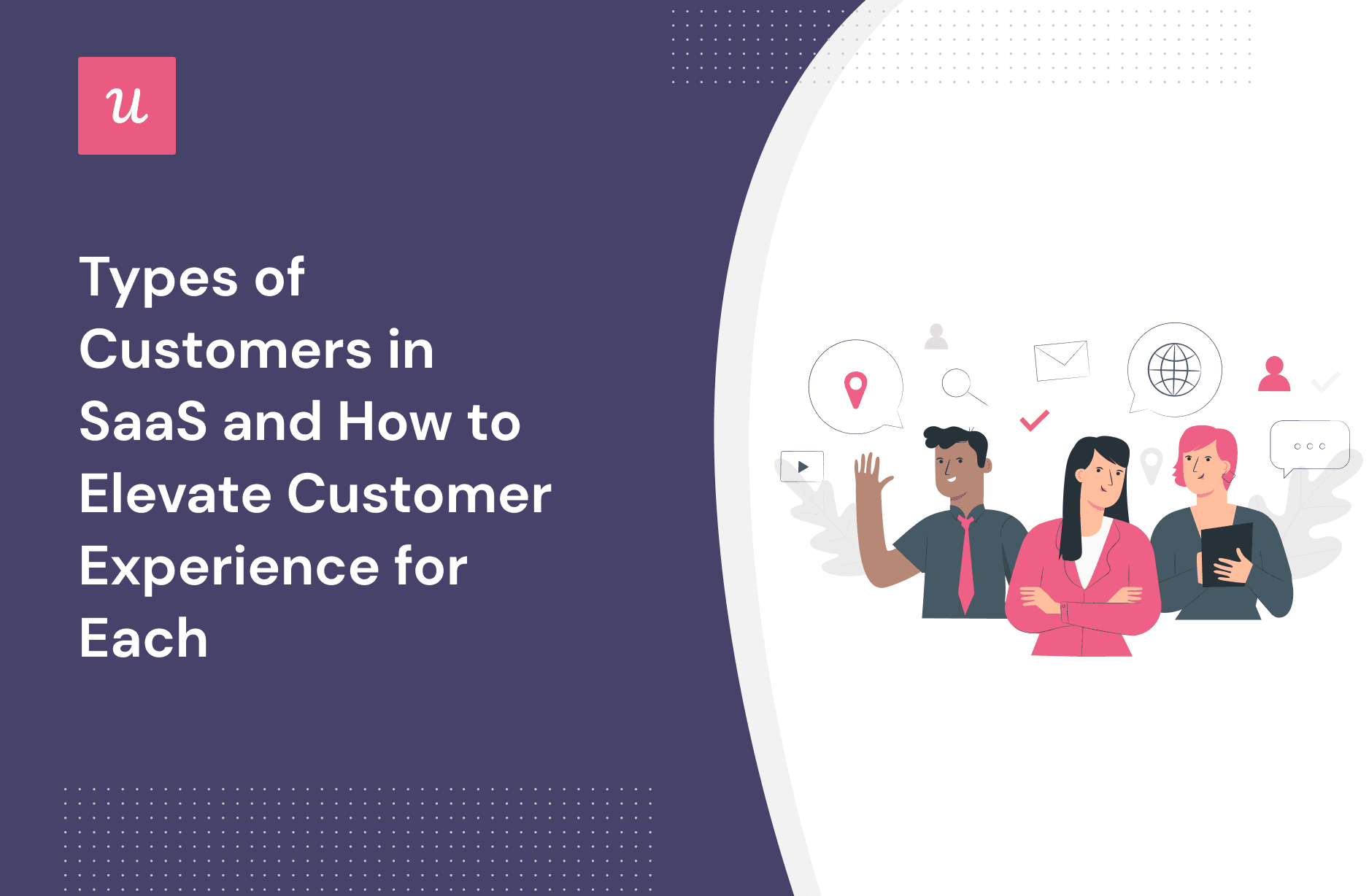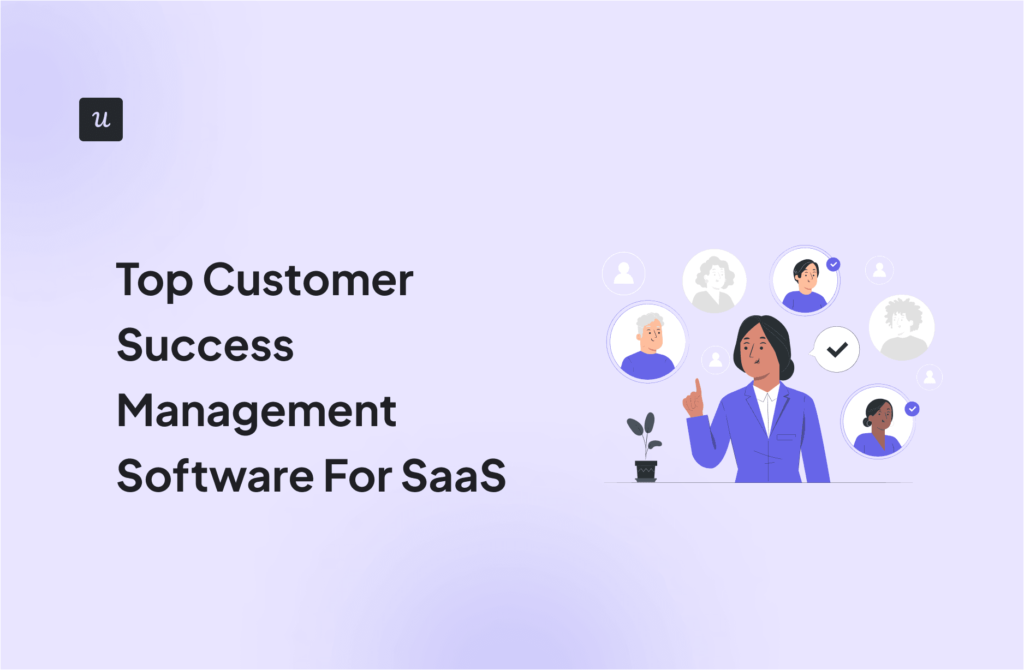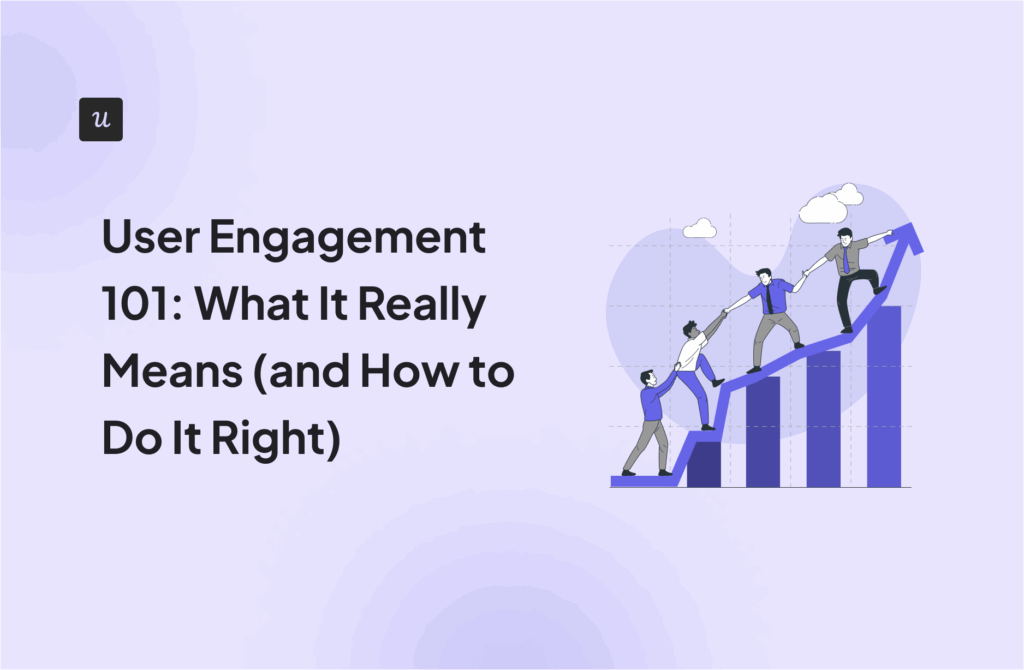
Try Userpilot Now
See Why 1,000+ Teams Choose Userpilot

Why you should handle different types of customers with a unique approach
Every customer boasts a different personality, temperament, experience, priority, and needs. They may even be at different stages of your sales funnel, having taken different paths to that point.
Now, it’s your job to ensure they’re all satisfied and delighted with your service. Your approach to customer service will turn them into paying, loyal customers or drive them away.
To successfully achieve customer success, you must first understand who your customer is and what makes them tick.
Where is the customer from? How do they relate to your company or product? What are their buying behaviors and motivations? How long have they been with you?
Regular customers, for instance, require a different type of nurturing than potential customers or new customers. If you do not attempt to satisfy different types of customers according to their needs, you risk losing as many as 33% of existing customers.
Types of Customers in SaaS
Although every customer is unique, you can identify some broad characteristics or behavior patterns among different customers. Let’s explore the most common types of customers that you can see in SaaS.
Potential customers
Potential customers appear in different forms. They’re researchers or curious customers who stumble into your business. They’re not yet customers, but they fall within your target market and have good chances of becoming paying customers.
How to approach potential customers
This customer type is often at the top of the funnel. Nurture them correctly, and they can become paying customers for your business. Your job is to move them further down the user funnel.
One way to achieve this is through word-of-mouth marketing and user-generated content. WoM marketing offers potential customers social proof that other customers enjoy using your product while driving up your brand visibility.
When potential customers come around, make it clear that you’re available to answer whatever questions they may have. Resource centers, chatbots, and FAQs help you achieve this goal. Ensure they’re helpful, easy to locate, and easy to navigate.
Chatbots also help engage with users and significantly improve their experience.

Finally, you want to demonstrate value. This group already has some interest in your product or service. Now, it’s time to make it irresistible using assets like testimonials, case studies, and whitepapers.
Website Visitors
Like potential customers, website visitors are yet to complete their purchase decisions. They may have learned of your product and found your website through ads, social media, or your blog.
How to approach website visitors
Your aim with first-time visitors is successfully nudging them toward their first purchase. For this, you must be very convincing.
A good UX is the best way to create a lasting positive impression on potential first-time buyers. Keep your website beautiful and easy to use, and remove elements that attract attention and cause distraction – such as pop-up ads.
Demonstrate value to visitors with your messaging. Your website should clearly state your value propositions and that your product is well-positioned. Use clear calls to action (CTAs), like this one from ProductBoard, to guide users to your desired action.

New customers
New customers are those who have just started using the product. This group includes trial users, freemium users, and even users who have upgraded their accounts to paid accounts.
How to approach new customers
New customers often need the most nurturing and guidance. Welcome them warmly and take advantage of every touchpoint to set them up for success.
Bring new customers up to speed with your application through an interactive onboarding session. Employ personalized onboarding to help them quickly achieve the goals that motivated them to sign up for your product.
You can also create mobile onboarding flows, customizing welcome screens, carousels, and slideouts to deliver personalized messaging.
Consider, for example, this welcome screen from Postfity. Users respond to the question with their background, helping Postfity tailor their onboarding experience according to their needs.

Continue to provide the user with guidance using tooltips and modals long after the primary onboarding session is over.
Also, it’s important to have a robust support system ready to help the customer. For instance, customer service channels should include in-app resource centers to make solutions easy to find. And contact channels should also be available, for users to speak with representatives.
Active customers
Active users are those customers who have not only purchased your product but also use it regularly. Note that this customer type isn’t the same as the loyal customer. Although they use your product, they could switch to your competitor if offered a better deal.
How to approach active customers
The best way to both increase your monthly active users and permanently keep hold of the active customer is to provide high-quality service and nurture them properly.
Stay on top of market trends and keep updating your product to improve upon your competition’s offering. You should also ensure your product is always bug-free to prevent churn.
Are there features the customer is yet to use which could bring them more value? Use native tooltips to guide feature discovery and offer guidance so that users get the most value for their money.

Difficult customers
Some customers buy your product only to end up disappointed with it. These customers may not understand how to meet their goals with your product or may have a point of frustration while using your application.
How to approach difficult customers
How you deal with difficult customers will have a lasting impact on your business’ reputation. This is especially true as these customers are most inclined to leave public feedback on your service.
Your best bet is, thus, to reduce your chances of having difficult customers. You can do this by improving the onboarding experience. For instance, filling empty states with dummy data helps users better understand how to use your product.
Ultimately, you should aim to reduce the user’s time to value. As users progress with the product, use surveys to ensure they’re pleased with their experience.
Make help readily available in an easy-to-understand manner for all users. Your resource center, for example, could offer on-demand help, in the form of video tutorials, knowledge base articles, and training.

Churned customers
Sometimes, things go wrong, and a once-promising customer loses interest in your product. Whether the customer becomes inactive or chooses to shut down their account, they take their business with them and put a hole in your revenue stream.
How to approach churned customers
The first step to reducing churn is determining its cause. Segment churned customers according to their reasons for leaving. Was there an unaddressed customer service request? Did they receive better deals from your competitors?
Design a cancellation flow that automatically kicks in as customers reach for the account cancellation button. The cancellation flow should include an exit survey to learn what went wrong and why they’re leaving.
Before reaching out to churned/lapsed customers, fix all of the identified issues. Then, reach out to the customer, apologizing and letting them know that you’ve solved the problem. Closing the loop like this gives you a shot at winning back their business.
For customers who stopped using your product without canceling, reach out via a win-back mail. Asana uses a simple mail to let the customer know they’ve been missed, reinforce value, and drive action.

Insistent customers
Insistent customers are often need-based customers driven to your product by a specific need. These customers approach customer service after already trying to independently solve their problems.
How to approach insistent customers
The first thing to note about an insistent customer is that they already know your product (or that of a competitor), and have some expectations about it. As such, your first goal should be to close the value gap and exceed expectations.
The white-glove approach of prompt, tailor-made customer service is especially useful for insistent customers with acute attention to detail. Mixed with low-tech touch onboarding, it closes the value gap and makes the customer feel valued.
Note that customer loyalty is driven largely by customer service, with 95% of customers becoming loyal customers as a result. To this end, you must always work on improving your service. Collect feedback on how you can improve, and act on it.

You can also appeal to this kind of audience by regularly publishing informational content. Userpilot does this to great effect, often publishing articles that help its customers learn more about satisfying their customer base.
Loyal customers
Loyal customers are the best customers you could ask for. They’ve experienced value with your product, enjoy using it, and have become repeat customers. Their longevity, though, may also lead to them expecting even higher standards of service.
How to approach loyal customers
Loyal customers are an important customer segment. Employ proactive support to continue keeping these customers satisfied. This means getting ahead of issues before they happen or escalate.
The loyal customer has been with you for a while and has a preference for your company. This makes them great assets, not just for their revenue, but also as potential brand advocates if nurtured correctly.
For example, you could ask them for public reviews, confident their review will be a positive one.

Discount customers
Discount customers expect, or look out for, discounts or coupons. In fact, as many as 77% of shoppers are influenced by discounts. But the discount customer takes it further, often only going for the “best deal” available.
How to approach discount hunters
One way to target these types of customers is to offer special deals and coupons. However, you want to be careful to avoid diluting your brand for your target audience.
Your best bet, therefore, is to provide value. Tilt the user’s purchase decision in your favor by providing extra value for your price. Be clear about what the user will get for their purchase and the extras you’ve tacked on for even more value.
Unhappy customers
Unhappy customers are your most at-risk customers. These are angry customers who have taken offense to your service or support. To keep them from leaving, you must deal with them in a proactive manner.
How to approach unhappy customers
Angry customers can hugely impact your business, but they’re also a great source of data. Use NPS surveys or customer satisfaction surveys to identify dissatisfied customers and deal with them proactively.

Make sure you fully understand the customer’s issue, following up with them if necessary. You can also feature tag NPS responses to get a better view of the leading causes of unhappiness – and more easily identify unhappy customers.

Finally, make sure to close the feedback loop. This means working on the issue identified by the feedback, writing follow-up emails to let them know what you’re doing, and informing them after implementing changes.
How to identify different types of customers with customer segmentation
Although you can only identify some customer types upon contact, you can identify others before meeting them. But some conscious effort is required. Implement a proactive support system by collecting user data from the beginning using an onboarding survey.

Segment customers according to their survey responses to get a preliminary idea of who they are and what they want.

Finally, use feature tagging to build segments based on a customer’s engagement level, NPS score, or feedback response.
Win more customers with a customer-centric approach with Userpilot
Regardless of their personality type, relationship with the company, or position in the customer journey, your goal with all types of customers should be to help them achieve success and to build long-term relationships.
Every customer benefits from a customer-centric approach driven by the provision of top-notch customer service. This approach has customers at its core, helping them get their jobs done and providing assistance in difficult times.
Good customer service is attentive. Once you identify the customer’s type and their customer journey stage, trigger relevant in-app guidance to help them experience value.

You can also stay attentive and proactive by paying attention to in-app engagements. Use custom events to track a user’s activities within the app.

Trigger relevant in-app messages and guides based on these events. You can also reach out to at-risk customer types once identified to prevent churn.
Conclusion
There you have it! The 10 different types of customers, their needs, and how you can meet those needs. Ultimately, no customer types are fixed. As a customer’s situation changes, their needs and categories also change.
Userpilot helps you provide an impeccable customer experience at every turn by providing you with invaluable data about the customer’s attitudes, preferences, and activities in your product.
Book a demo to get a Userpilot representative to show you how it works.







